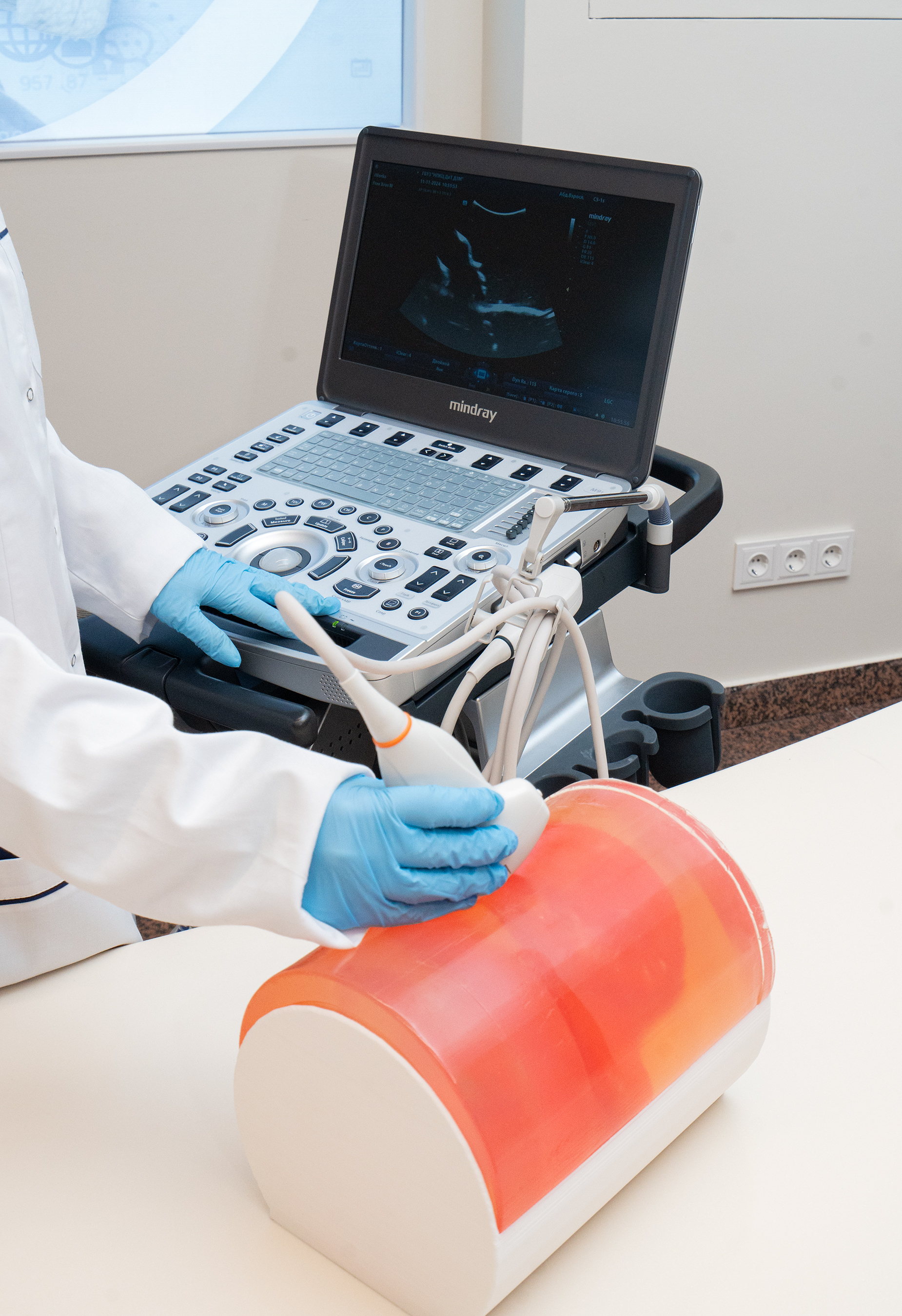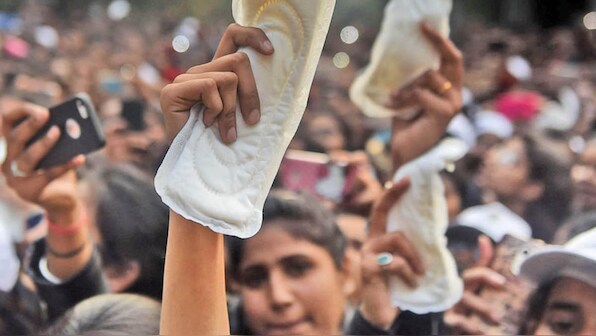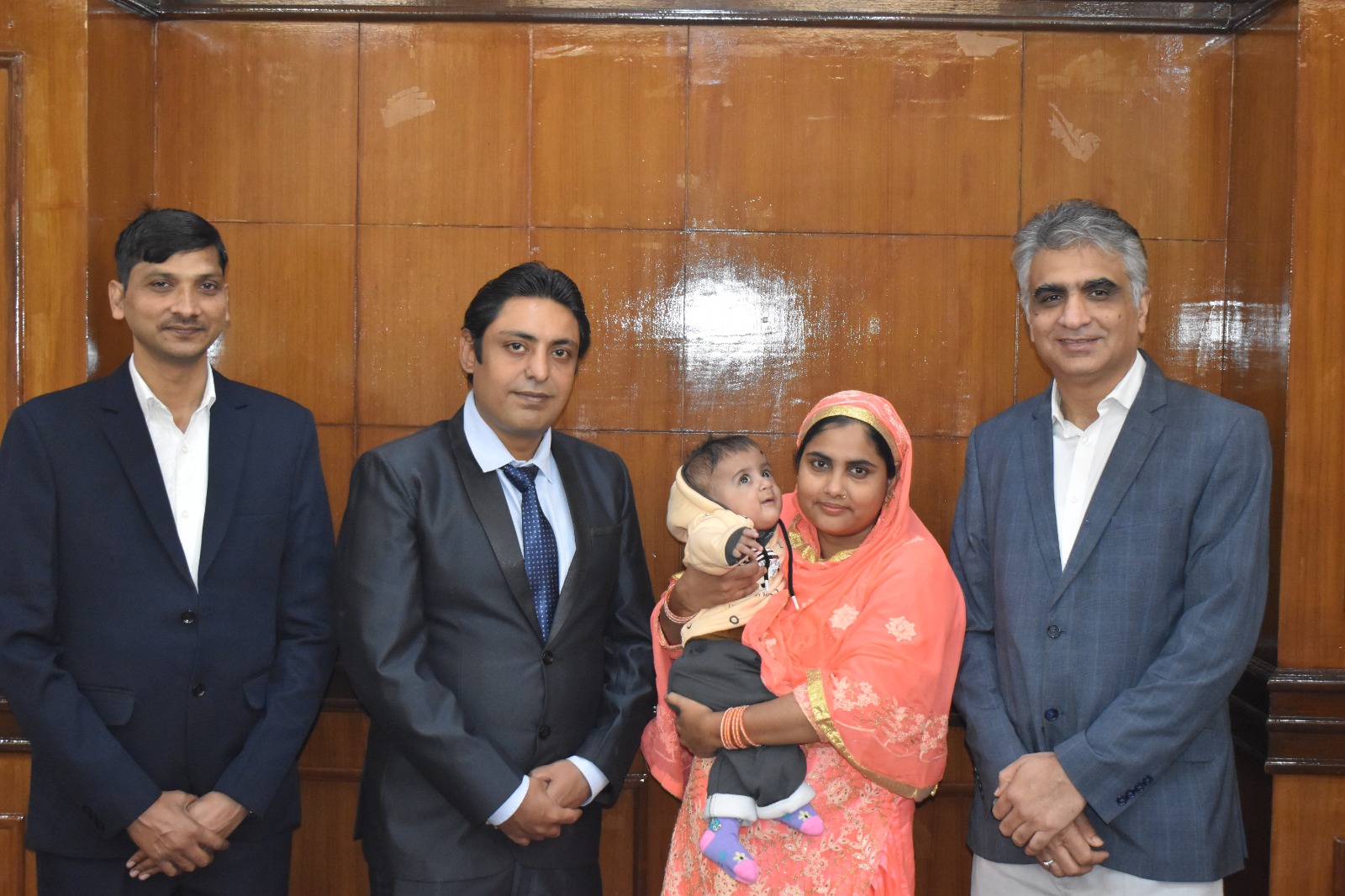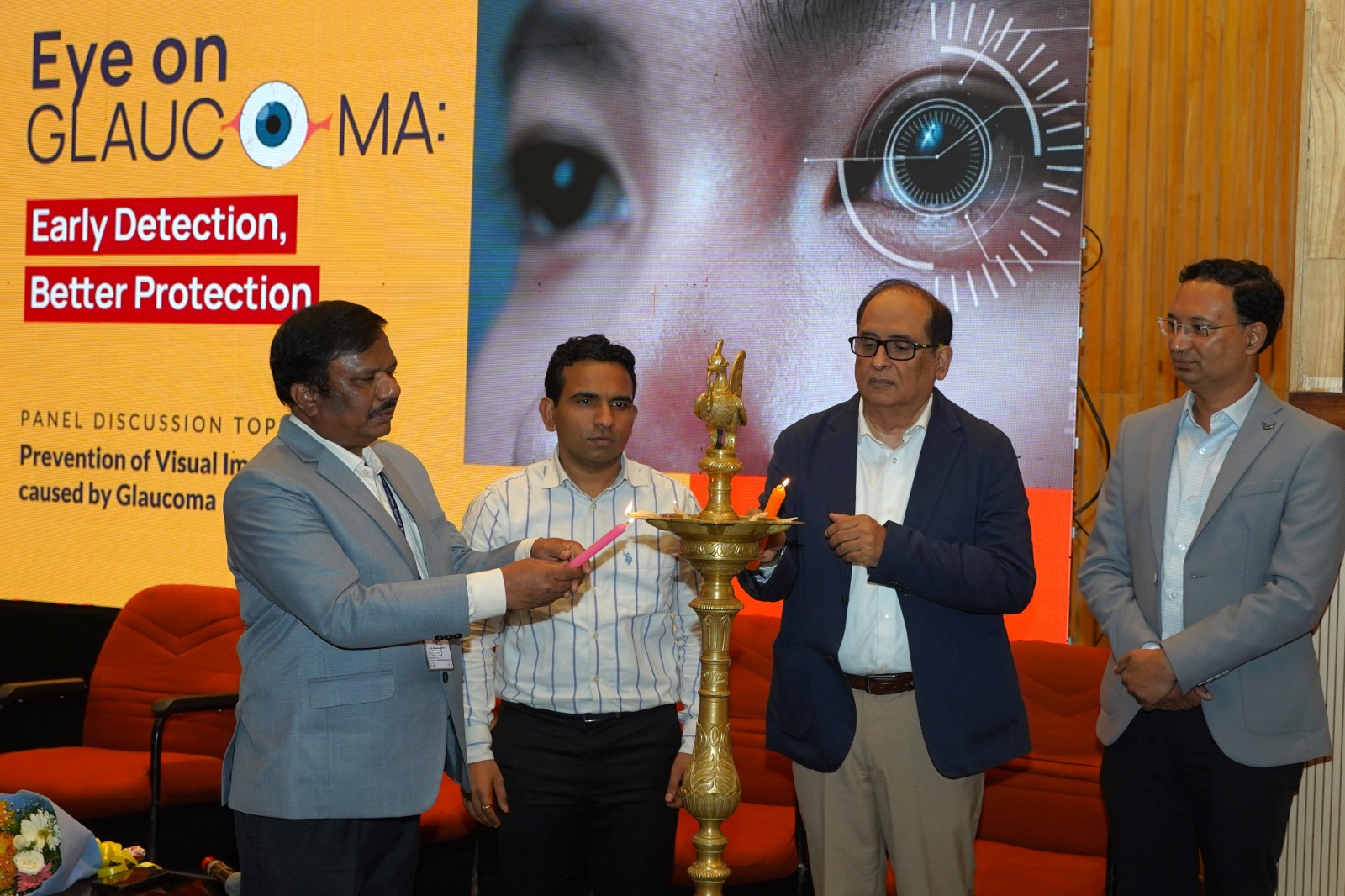Abbott, the global healthcare company, has launched its Amplatzer Piccolo Occluder in India, the world's first medical device that can be implanted in the tiniest babies (weighing as little as 700 gms) using a minimally invasive procedure to treat patent ductus arteriosus, or PDA. The Amplatzer Piccolo, a device even smaller than a small pea, now offers hope to premature infants and newborns who need corrective treatment, and who may be non-responsive to medicine and are at high risk to undergo corrective surgery.
One of the most common congenital heart defects occurring in premature babies, PDA is a potentially life-threatening opening between two blood vessels leading from the heart. This channel, which is present in normally developing fetuses, is important prior to birth to allow oxygen-rich blood from the mother to circulate throughout the fetus' body. For most infants, the pathway, or duct, seals itself shortly after birth. In some cases, primarily in babies born prematurely, the PDA fails to spontaneously close, which can make it difficult for babies to breathe normally due to increased blood flow to the lungs. PDA accounts for up to 10% of all congenital heart disease.3
"Piccolo is a critical advancement in the standard of care for the most vulnerable of premature babies who may not be able to undergo surgery to repair their hearts," said Payal Agrawal, general manger for Abbott's structural heart business in India and the Subcontinent. "We are passionate about developing life-changing technologies to help people, including vulnerable infants, live better lives. It is gratifying to know that through our devices, these children have a chance at a normal life and can live their fullest lives."
Approximately 3.5 million premature babies are born in India each year4 with a very low birth weight5. The incidence of PDA ranges from 15% to 37% in newborn babies weighing less than 1750 gms6. Overall, PDA constitutes 5%–10% of all congenital heart defects with a prevalence of "symptomatic" PDA being 0.5/1000 live births7. This means that the PDA is large and causes symptoms, and will require treatment for the baby to survive.
"This product is a potentially life-saving advance that will help us treat these delicate infants who might otherwise not be able to survive," said Dr. Edwin Francis, Senior Consultant, Head of Paediatric Cardiology Department, Lisie Hospital, Ernakulum. He further added, "This is an excellent pre-loaded device, which means it doesn't need much preparation, and has a softer profile that is easy to deploy. It has more variety in terms of size and is therefore suitable for babies of different ages and weight."
A tiny infant, born at 27 weeks in Edappal, was just 960 gms. An echocardiogram revealed he had PDA, and he was intubated for almost a month. That’s when Dr. Francis decided that Abbott’s device was the best solution for the baby and decided to move forward with the implant. He said, "It was heartwarming for our entire team to see the baby turn a corner, get extubated and put on some weight. The device really fills a need for the smallest of our patients."
The Amplatzer Piccolo Occluder is a self-expanding, wire mesh device that is inserted through a small incision in the leg and guided through vessels to the heart, where it is placed to seal the opening in the heart. It is designed to allow the physician to insert it through the aortic or pulmonary artery, as well as to retrieve and redeploy the device for optimal placement. Because the device is deployed in a minimally invasive procedure, many of the premature babies who are critically ill in the neonatal intensive care unit are able to be weaned from artificial respirator support soon after the procedure.
This device builds on more than 20 years of clinical success for Abbott's family of Amplatzer Occluder therapies, including the Amplatzer™ Duct Occluder II product, already approved for use in the U.S., Europe and countries around the world to treat PDA in larger size pediatric patients.
Abbott is committed to developing minimally invasive life-saving pediatric devices that have an immediate impact with long-term benefits, reduce the risks of life-threatening complications and allow physicians to confidently treat the youngest and tiniest patients.

 Abbott is committed to developing minimally invasive life-saving pediatric devices that have an immediate impact with long-term benefits
Abbott is committed to developing minimally invasive life-saving pediatric devices that have an immediate impact with long-term benefits









.jpeg)








.png)
.png)

.png)
.png)
.png)

.png)
.png)
.png)

.png)
.png)